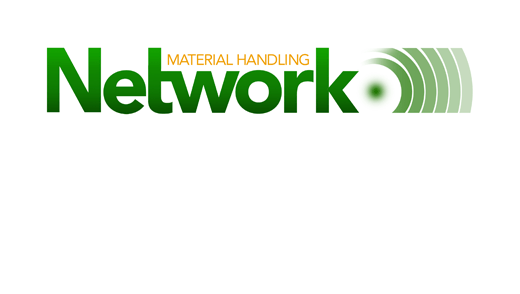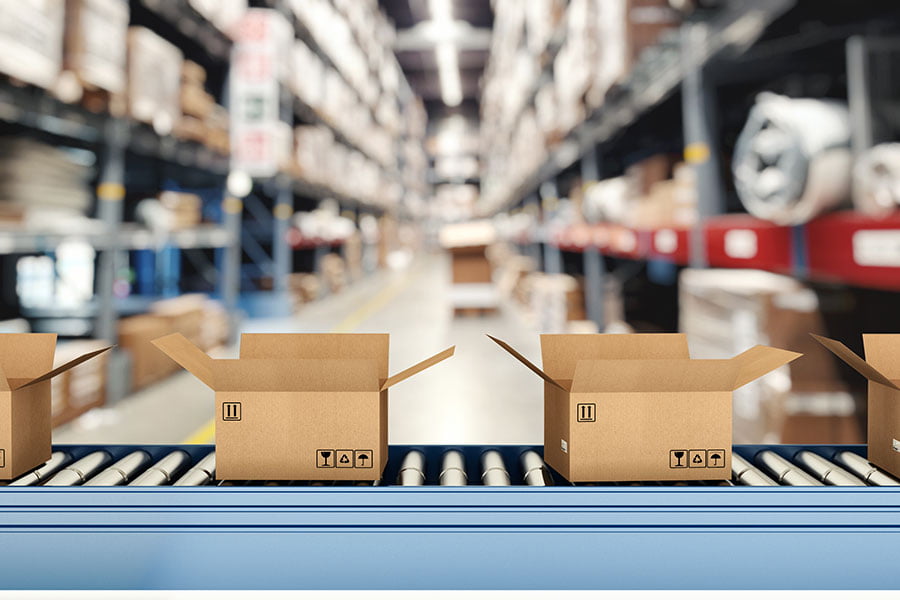Published December 1, 2011
In 2009, mergers and acquisitions (M&A) accelerated as a viable way for “Big Pharm” to bolster pipelines, expand market growth prospects and address the challenges of fast- approaching patent expirations.
In similar fashion, but perhaps for different reasons, mid-size pharma and bio-tech companies have also recently taken an aggressive approach to M&A.
In the years ahead, higher growth rates are expected in emerging markets versus the traditional growth of the U.S., Europe and Japan. In addition, patent protection on over $75B of pharmaceuticals is scheduled to expire by 2014. The result will be a continuation, if not an acceleration, of M&A in pharmaceutical and health care industries to allow companies to more rapidly and effectively expand offerings and to effectively enter emerging markets, replenish product portfolios, and compete at different price points.
Why the mad rush now? The answer is because there are many good drivers for M&A in the pharmaceutical and bio-tech industry. These include:
1) expanding into emerging markets;
2) reinvigorating a dwindling drug pipeline;
3) culturally acquiring access to emerging global markets;
4) rounding out product lines and improving market penetration;
5) participating in generics to maintain market share;
6) revitalizing growth in mature markets; and
7) leveraging operations to achieve greater economies of scale.
However, there are challenges to overcome — starting with the various multi-channel regulatory issues (i.e., cold chain versus ambient, or pharmaceuticals versus medical product) and market pressures (e.g., generics versus branded) — and these challenges grow even more complicated across global organizations.
Whether the M&A affects the business model, diversifies the product portfolio, or expands participation in new geographically diverse markets, each have major impacts on supply chain operations and systems.
Recent trends in M&A have several interesting characteristics:
- The focus is strategic, not financial engineering.
- The strategic intent is on growing market share and growing existing brands, along with acquiring new brands to access new consumer channels. A key objective is global expansion, often beginning with a partnership, particularly in emerging markets such as India, China and Brazil.
- Valuations are down due to reduced multipliers and two years of down earnings.
- M&A is less about reducing costs (this has been the focus of most organizations for the last two years) and more about growth in revenue.
- Funding is less from financial institutions and more from internal resources.
With the right expertise, your organization can increase its ability to fully leverage supply chain efficiency and optimize new and acquired business units globally into your existing supply chain infrastructure.
Tompkins International supports M&A activities via:
- Candidate identification and qualification
- Strategic market assessment and infrastructure evaluation
- Supply chain logistics and distribution assessment & strategy
- Competitive intelligence and SWOT
- Commercial and supply chain due diligence before an acquisition
- First 100 days after M&A guidance
- Supply chain integration and realignment
- Supply chain IT strategy and rationalization
- Achieving long-term supply chain excellence
- Sustaining ongoing market growth


